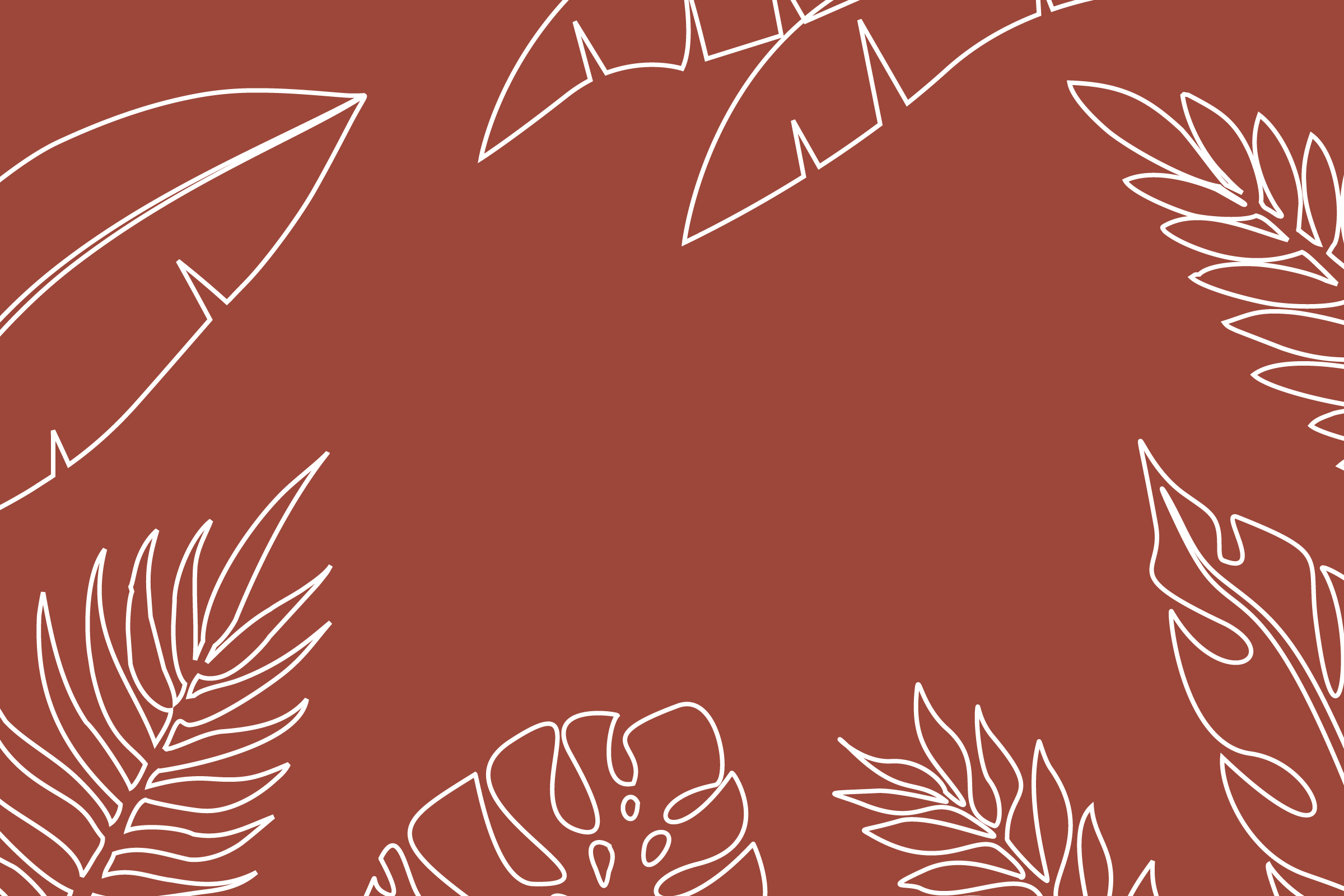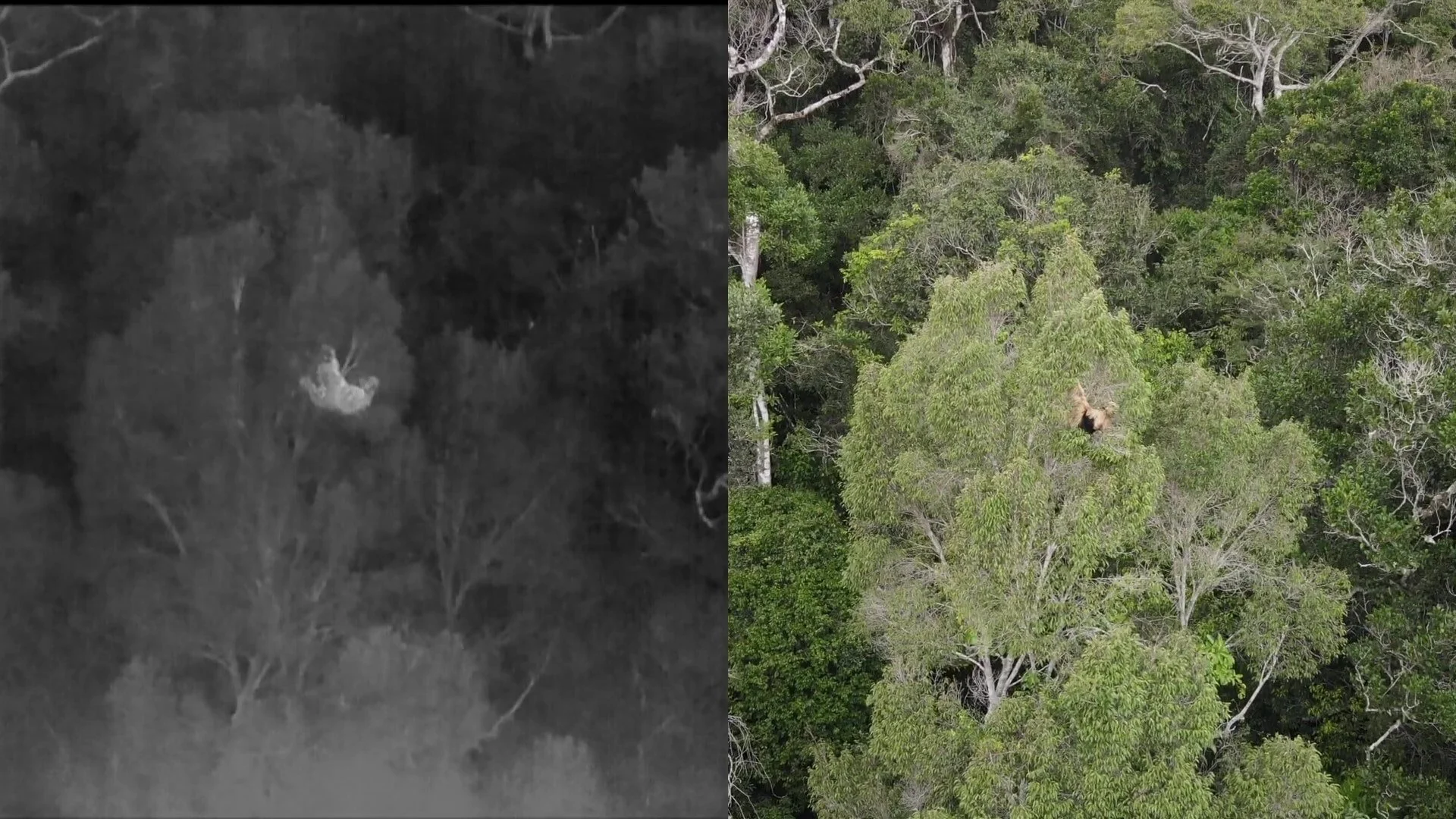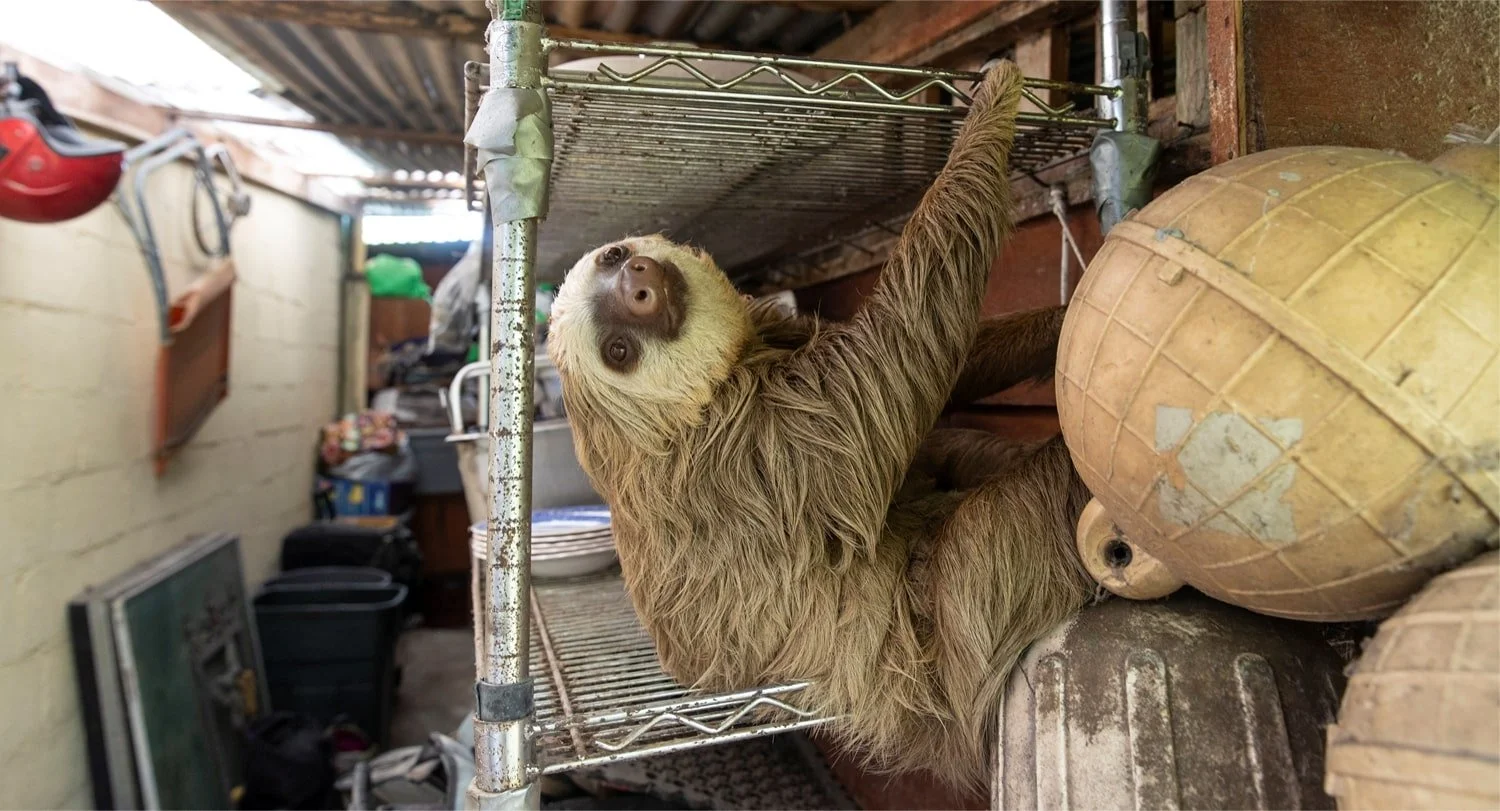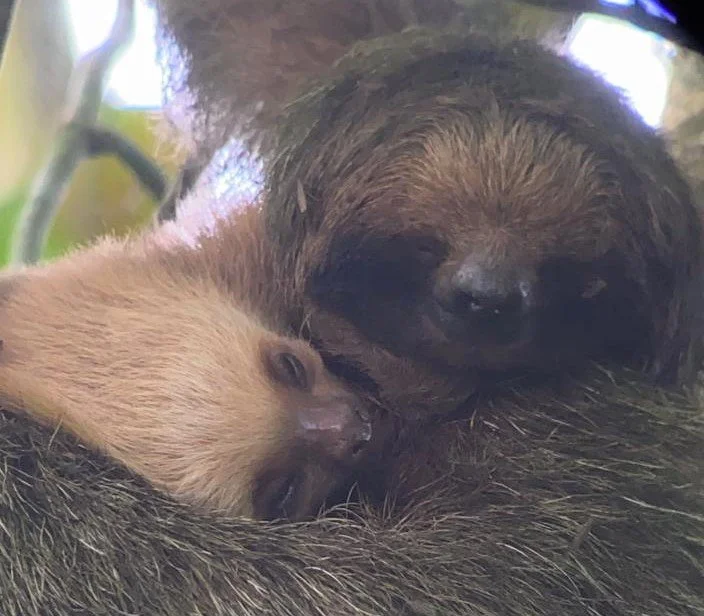
Collars, Backpacks, and Data Loggers: How to study sloths in the Wild
One would think that due to sloths’ famously slow lifestyle, observing them in the wild would not be a hard task. However, their slow lifestyle (a consequence of having the slowest metabolism of any land mammal) has resulted in the evolutionary aim of being nearly undetectable in the trees to avoid predation from Jaguars and Harpy Eagles.
The Sweet Saga of Mango
We will never forget that stormy day in May 2021 when we found Mango on the ground outside of HQ, tiny and wet, and clearly out of her depth. Jim, our plushie sloth mascot, came to the rescue as Mango’s surrogate mother. Mango clung to Jim and almost immediately fell asleep.
2023 | Unveiling the Behavior and Activity of Sloths
Cliffe, R.N., Haupt, R.J., Kennedy, S., Felton, C., Williams, H.J., Avey-Arroyo, J. and Wilson, R., 2023. The behaviour and activity budgets of two sympatric sloths; Bradypus variegatus and Choloepus hoffmanni. PeerJ, 11, p.e15430.
Could Antibiotic-Producing Sloth Fur Be the Key to Fighting Bacteria Resistance?
Recent research has shown that sloths in Costa Rica have bacteria in their fur that produces antibiotics. Could this finding have application in humans?
First record of sloths using thermal drones
Drones are revolutionizing the way scientists collect data, especially in the study of biodiversity and conservation. The use of drones equipped with a range of sensors, including thermal cameras, can help identify species and track individual animals, making it easier to study and protect them.
The Urban Sloth Project Recap - Part II | 2022
The Urban Sloth Project is a research aiming to study how habitat disturbance in urbanized areas of the South Caribbean of Costa Rica is affecting the behavior and ecology of wild sloths. The project is entering its 4th year, and surely, monitoring sloths is never a boring task.
The Urban Sloth Project Recap - Part I (November 2020 to December 2021)
In the South Caribbean of Costa Rica, it is pretty common to find sloths in unusual places: on a restaurant cutlery shelf, a hotel ladder, a fruit stand, clinging to a truck… you name it, sloths have been there. World-renowned wildlife photographer Suzi Eszterhas came to the South Caribbean to take eye-opening photographs of the lives of these sloths in urbanized areas.
How global warming and climate change will affect three-fingered sloths?
Dr. Cliffe’s research from 2018 determining the metabolic rate of three-fingered sloths was utilized by a team of researchers based in Brazil, working to conserve sloths in the Amazon and Atlantic Forests of Brazil. Dr. Cliffe’s data was modeled against climate change predictions, and data from different ecologists quantifying and predicting current and future land cover and land use in the Amazon and Atlantic Forests were also used.
How Concerning is “Least Concern”? Sloths and the IUCN Red List
Since 1964 the International Union for Conservation of Nature (IUCN) has kept a list of the world’s most threatened species. This Red List of threatened species has since become the go-to authority for the status of Earth’s flora and fauna, serving as a critical indicator of our world’s biodiversity.
The Urban Sloth Project: Meet BAGUETTE—the master of camouflage!
Baguette was the third three-fingered sloth collared for the Urban Sloth Project and was a rather spontaneous addition to the project. She was found while Suzi Eszterhas (World-renowned photographer and SloCo trustee) was visiting Puerto Viejo to document the plight of urban sloths.
The Adventures of Nacho
Nacho, a feisty Hoffmann’s two-fingered Sloth, joined the Urban Sloth Project in May 2021. Nacho was one of the most interesting sloths we monitored during the months he was part of the project.
Searching for the Elusive Maned Sloths of Brazil
If you are a fan of sloths, you might think that there are two main types, but scientists are starting to realize that there is actually a third type of sloth. One that has the size, strength, and ferocity of a two-fingered sloth, but the physical appearance of a three-fingered sloth.
Urban Sloth Project: the impacts of habitat disturbance
The Urban Sloth Project is an ongoing, long-term investigation into the impacts of habitat disturbance and rainforest urbanization on wild sloths in Costa Rica. Over the past five years, we have monitored 32 wild sloths using advanced tracking technology and micro data loggers – and we are adding new sloths to the project every month.
Being a giant sloth in an ancient wetland
Thirteen million years ago, when giant ground sloths roamed the Earth, a vast wetland known as the Pebas Mega-Wetland System extended across northernwestern South America.
Three-fingered sloth 'adopts' a two-fingered sloth baby!
These two sloths are not only different species, but they belong to two completely different families, separated by over 30 million years of evolution. Cross-species adoptions like this are incredibly rare in the wild, with only 3 other documented observations of this happening.
The 'mummified' skin of a giant sloth proves that they coexisted with the first humans of South America
Although it was on display for a long time at the Museum of La Plata, Argentina, its age was uncertain. A new study indicates that giant ground sloths lived 13,000 years ago and coexisted with the first humans of South America.
Sloth Science and Universal Access to Information
September 28th is The International Day for Universal Access to Information (IDUAI), a day that, despite this digital age, goes largely unrecognized.
Five-ton giant sloth lived in Costa Rica seven million years ago!
A giant sloth weighing five tons and whose height could exceed twice that of a human being was part of prehistoric Costa Rica seven million years ago.




















